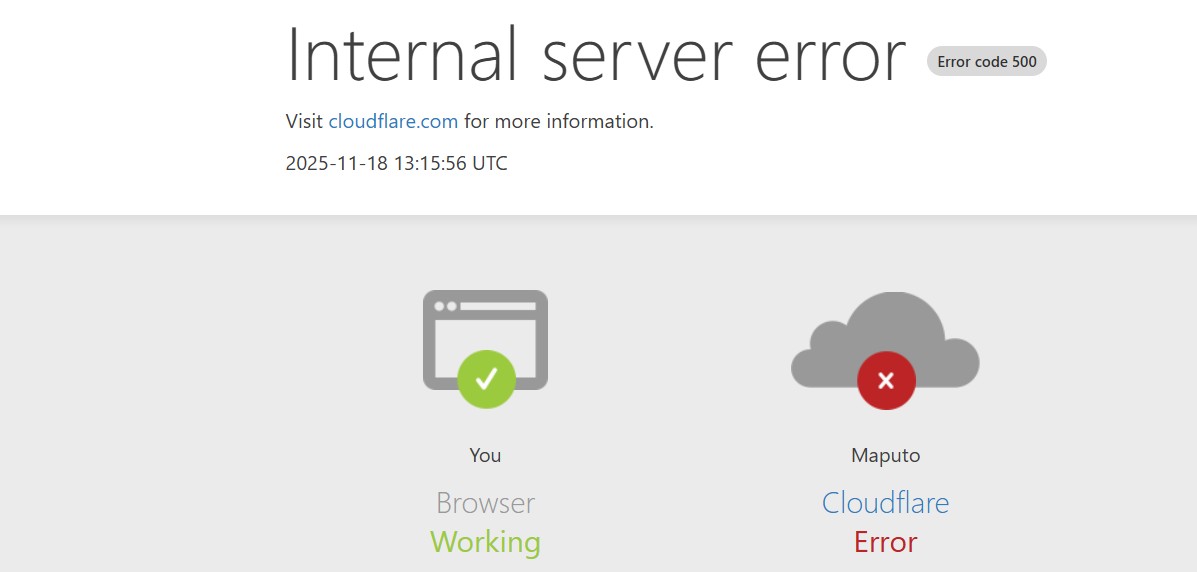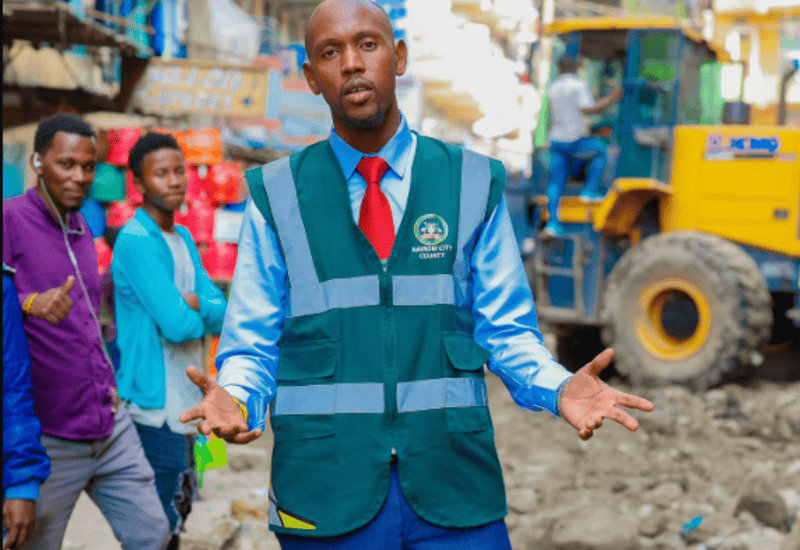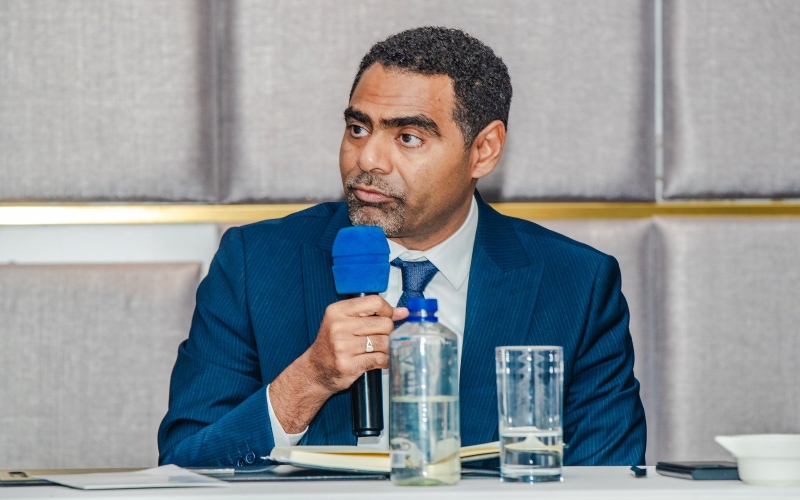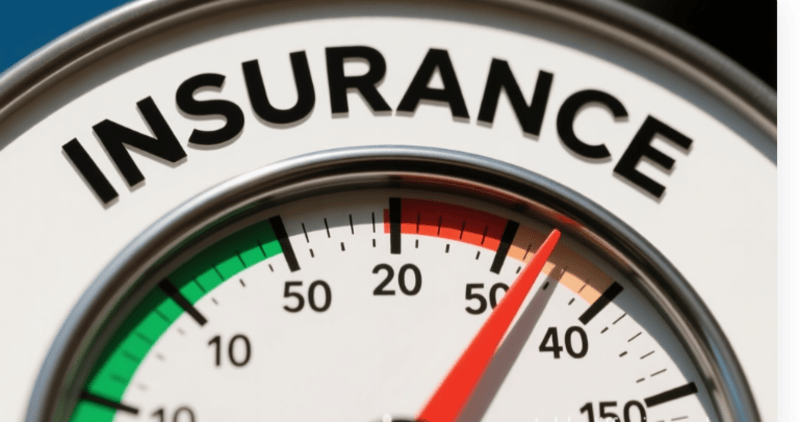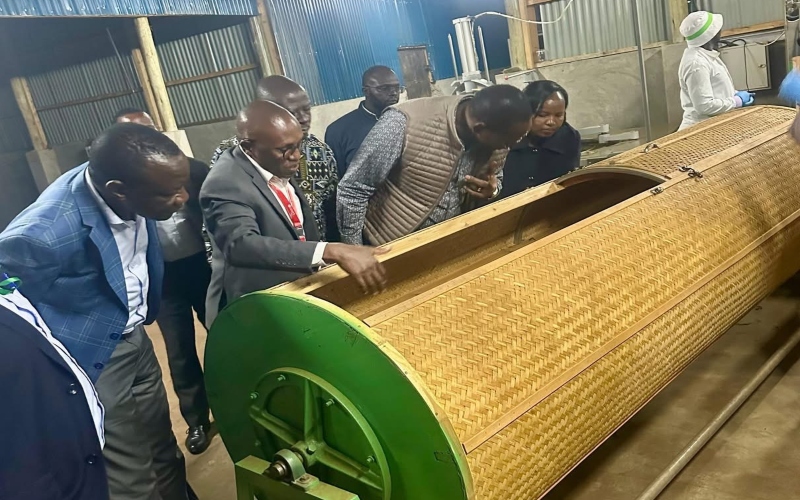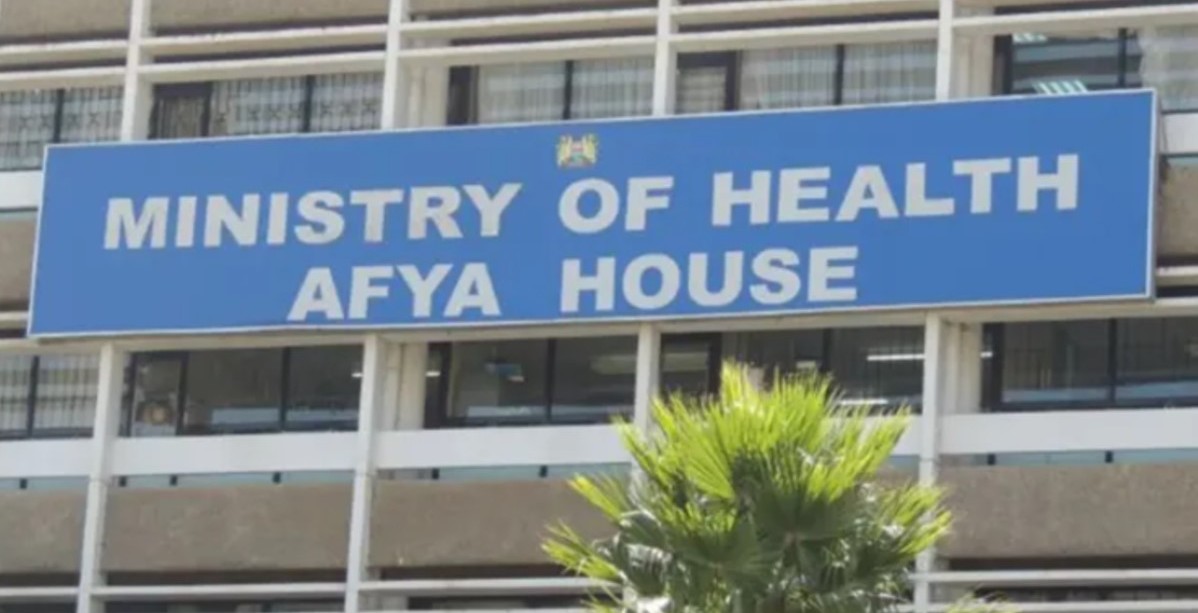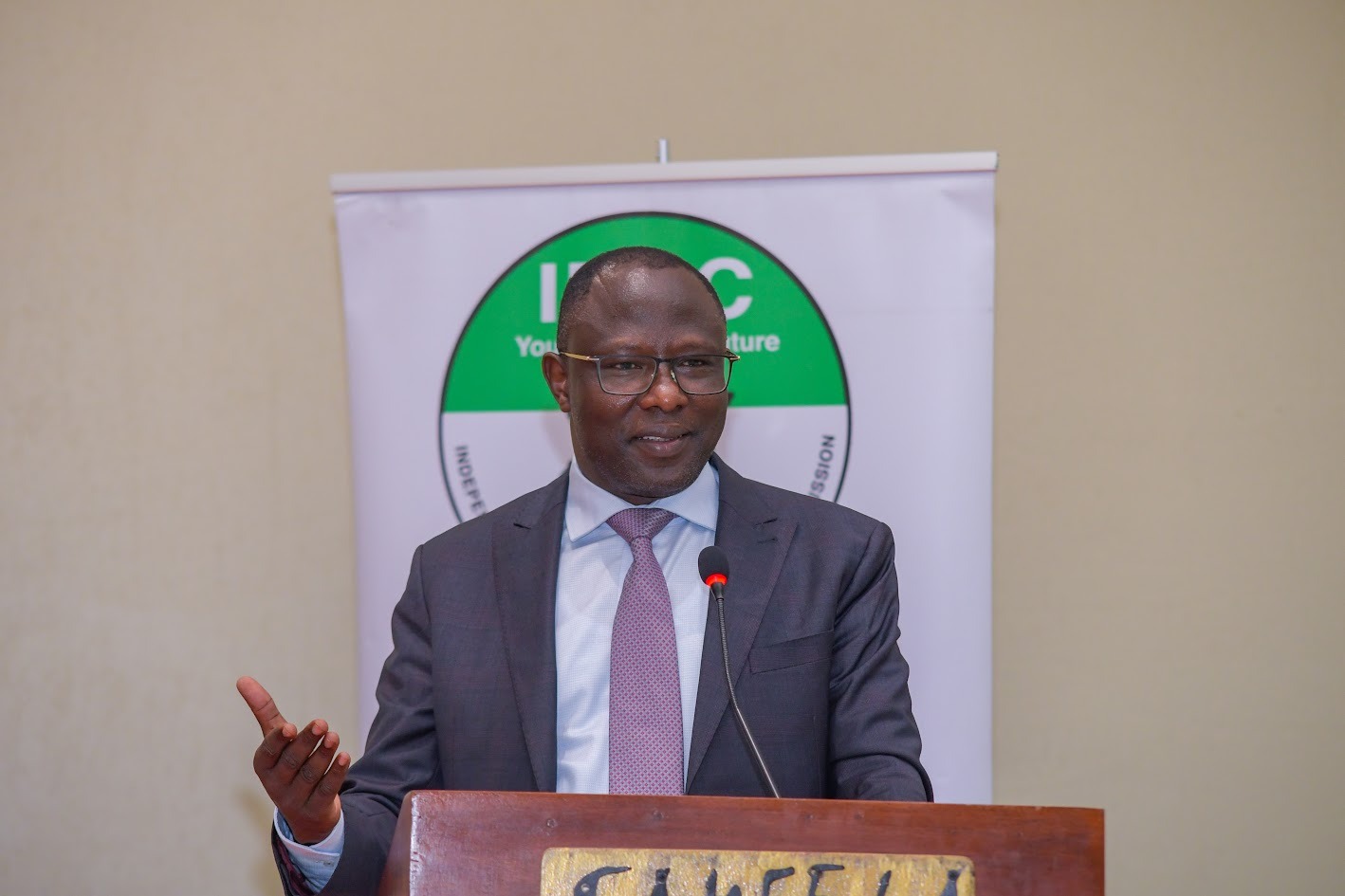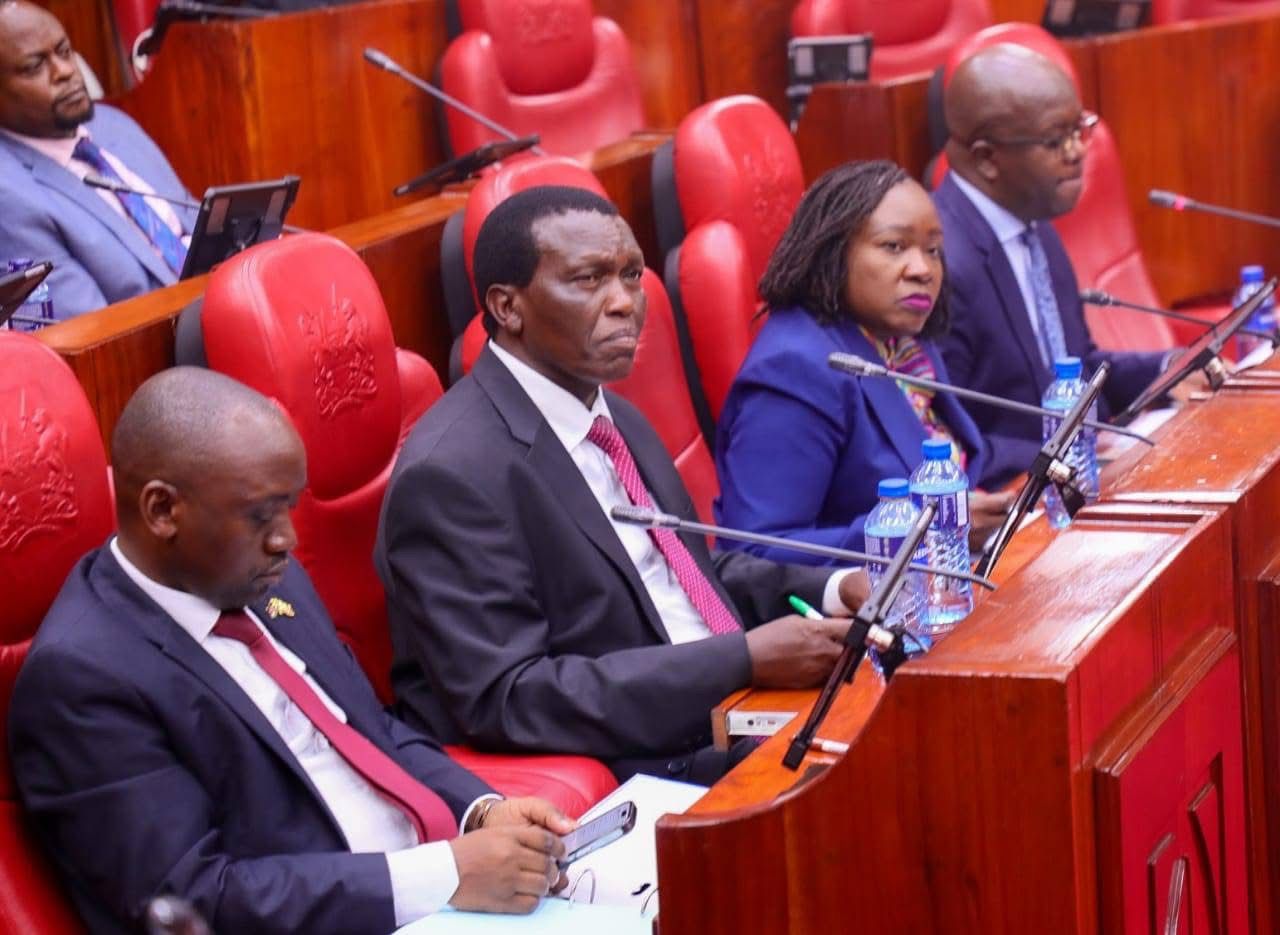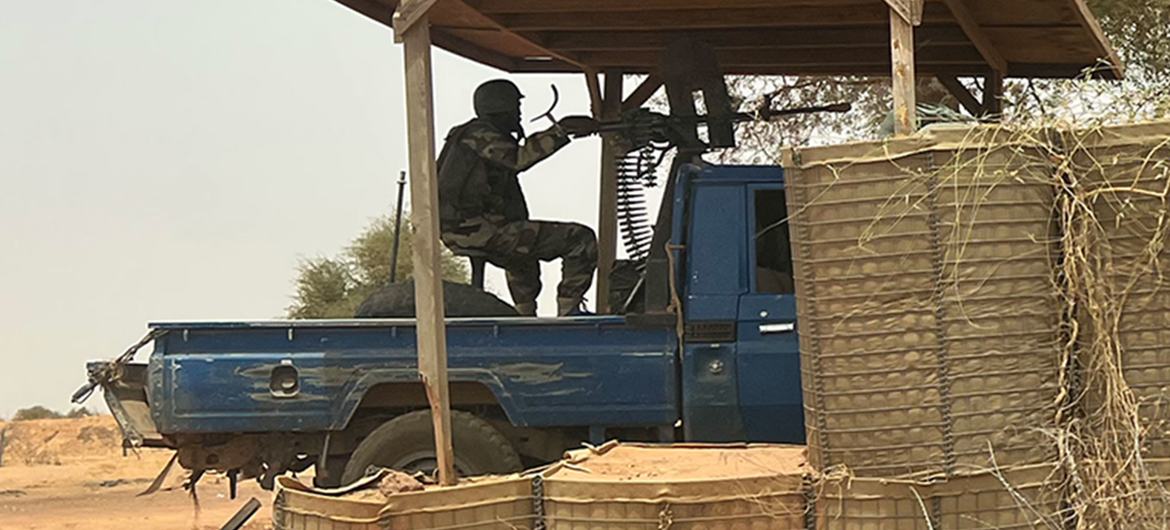More SACCOs register with FRC to fight money laundering, terrorism financing
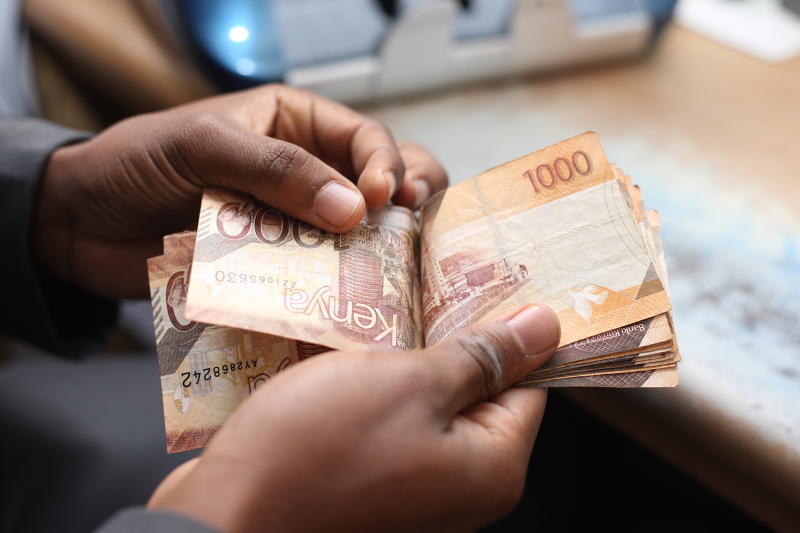
The FRC tracks suspicious financial activities through reports filed by banks, mobile money providers, forex bureaus, and SACCOs. SASRA supervises SACCOs to ensure compliance with these regulations.
Efforts to curb money laundering, terrorism financing, and proliferation financing (AML/CTF/CPF) led to more SACCOs registering with the Financial Reporting Centre (FRC) in 2024.
According to the Annual Sacco Supervision Report 2024, 320 SACCOs were registered as reporting institutions last year, up from 212 in 2023. Only 35 SACCOs remain unregistered, mainly due to incomplete applications or missing documents.
"The Authority shall be following up with these individual SACCOs to ensure that they are fully registered as reporting institutions as required by law in the shortest time possible," stated Sacco Societies Regulatory Authority (SASRA).
More To Read
- Azziad Nasenya moves to court to stop auction of Sh20 million Kileleshwa apartment
- Sacco auditors face lifetime ban for failing to submit mandatory reports, regulator warns
- SASRA on the spot over alleged mismanagement, wrangles at Nandi Teachers Sacco
- Thousands at risk of loan defaults as employers fail to remit Sh4.2 billion to Saccos
- SACCO members hit by 4 per cent payout cuts in wake of Sh13.3 billion KUSCCO heist
- CS Oparanya calls for mergers to stabilise small SACCOs, strengthen sector
This move is part of ongoing efforts to mainstream AML/CTF/CPF initiatives in its supervisory processes, including continuous collaboration with the FRC.
The FRC tracks suspicious financial activities through reports filed by banks, mobile money providers, forex bureaus, and SACCOs. SASRA, on the other hand, supervises SACCOs to ensure compliance with these regulations.
SACCOs must show proof of registration with the FRC when renewing their licenses.
Last year, SASRA issued guidelines and training to SACCOs on fighting money laundering and terrorism financing, including lists of individuals and groups under international sanctions.
By the end of 2024, Kenya had 355 regulated SACCOs with 7.4 million members, a significant increase from 3.08 million members 10 years ago. The total assets of SACCOs also grew from 301 billion shillings in 2014 to 1.13 trillion shillings in August 2025.
In June, the European Commission listed Kenya as a high-risk country for money laundering and terrorism financing, calling for stronger monitoring and action. The listing meant Kenya needed to up its monitoring and actions that seal these gaps to ensure compliance.
Kenya responded by introducing new regulations in 2024 to quickly freeze financial assets linked to terrorism.
The Financial Reporting Centre received 8,057 reports last year, including suspicious transaction reports and whistleblower information.
"This represents a 22 per cent increase as compared to the previous year, where the Centre received 6,631 reports, with the banking sector having maintained its consistency as the primary source of STR/SAR/STARs reporting," the FRC annual report (2024) showed.
Regulation 34 of the Proceeds of Crime and Anti-Money Laundering Regulations 2023 requires all reporting institutions to file reports with the Centre on all cash transactions equivalent to or exceeding $15,000 (Sh1.9 million) or its equivalent in any other currency carried out by it, whether or not the transaction appears to be suspicious.
Cash transaction reports are required to be submitted by the end of every week.
Top Stories Today
